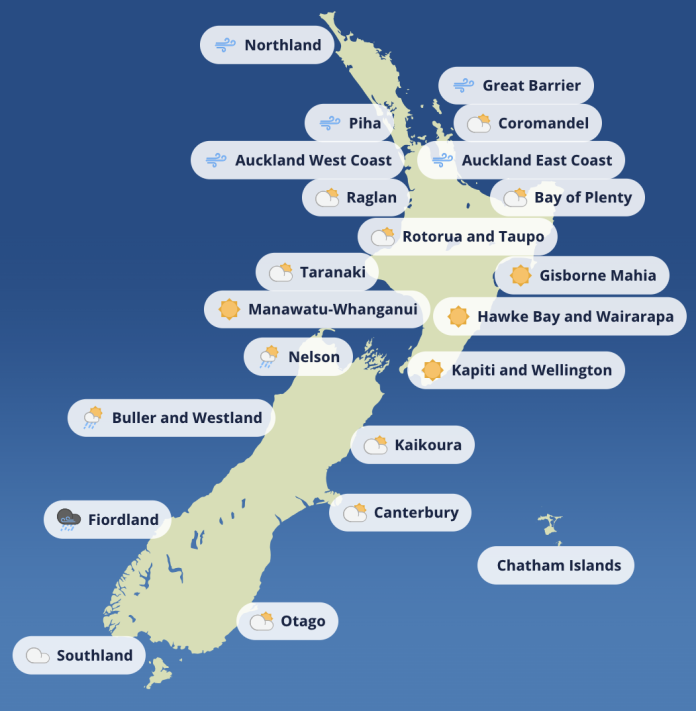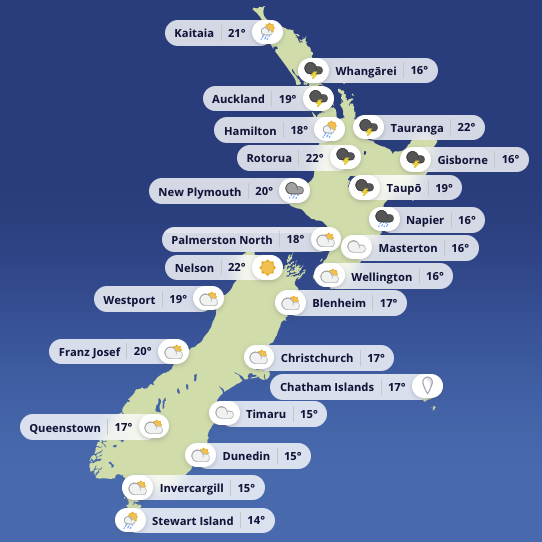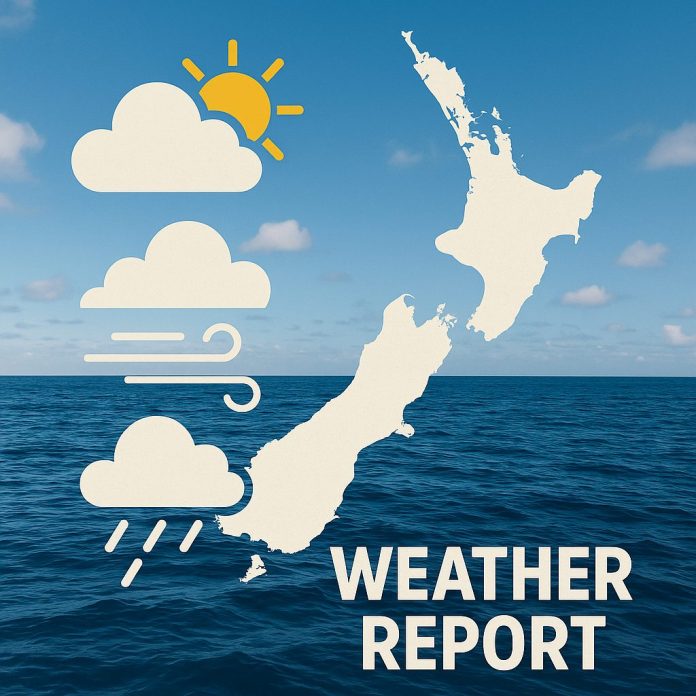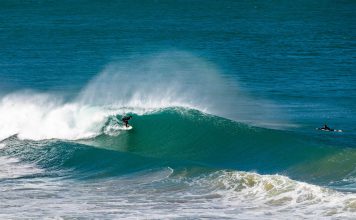A powerful front moving east across the country is expected to bring significant rainfall and strong north to northeast winds to many regions from late Monday through early Wednesday. MetService has issued multiple Orange Warnings and Watches, and authorities are urging the public to prepare for a period of intense and potentially hazardous weather.
North Island: Heavy Rain, Strong Winds, and the Risk of Red Warnings
The Bay of Plenty is likely to see the heaviest rainfall totals, with up to 180mm expected between Tuesday morning and early Wednesday. There is a moderate chance that this area may be upgraded to a Red Warning if conditions intensify. Coromandel Peninsula, Taranaki Maunga, and the Central North Island mountains are also under Heavy Rain Warnings, with localised downpours and thunder possible.
In the Northland and Auckland regions, heavy rain Watches are in place, with a risk of downpours peaking late Tuesday morning. Wind Watches are also active, as northeast gales may reach severe strength in exposed areas. Further inland, Waikato, Waitomo, Taupō and Taumarunui could see prolonged heavy rain that approaches warning thresholds.
The forecast suggests increased river flows, surface flooding, and a heightened risk of slips and difficult driving conditions throughout the upper and central North Island. Drivers are urged to exercise caution, particularly on rural and hilly routes.
South Island: Rain Building Across the Ranges
On the South Island, the heaviest rain is forecast for Tasman, Marlborough, Westland, Otago and Canterbury, especially in the ranges. Areas east and south of Motueka are under particular scrutiny, with a high chance of a Red Warning being issued. Up to 130mm of rain is expected across the Richmond, Gordon, and Bryant Ranges, and the impacts could include flooding, road closures, and potential power outages.
Rainfall totals of up to 180mm are forecast for the Westland ranges, and headwaters of the Canterbury and Otago lakes and rivers, with peak intensities ranging between 20–30 mm/h.
Travel in these areas may become hazardous, especially near river crossings and alpine passes. All residents in affected zones are advised to clear drains, stay updated, and prepare for disruption to transport and communication services.
Coastal Swell and Temperature Shifts
Adding to the hazards, large northeast swells of up to 4.5 metres are forecast for the east coast of the upper North Island, with the most powerful waves expected from Tuesday morning into the evening. Coastal roads, low-lying settlements, and beach accessways may be affected by wave run-up and erosion.
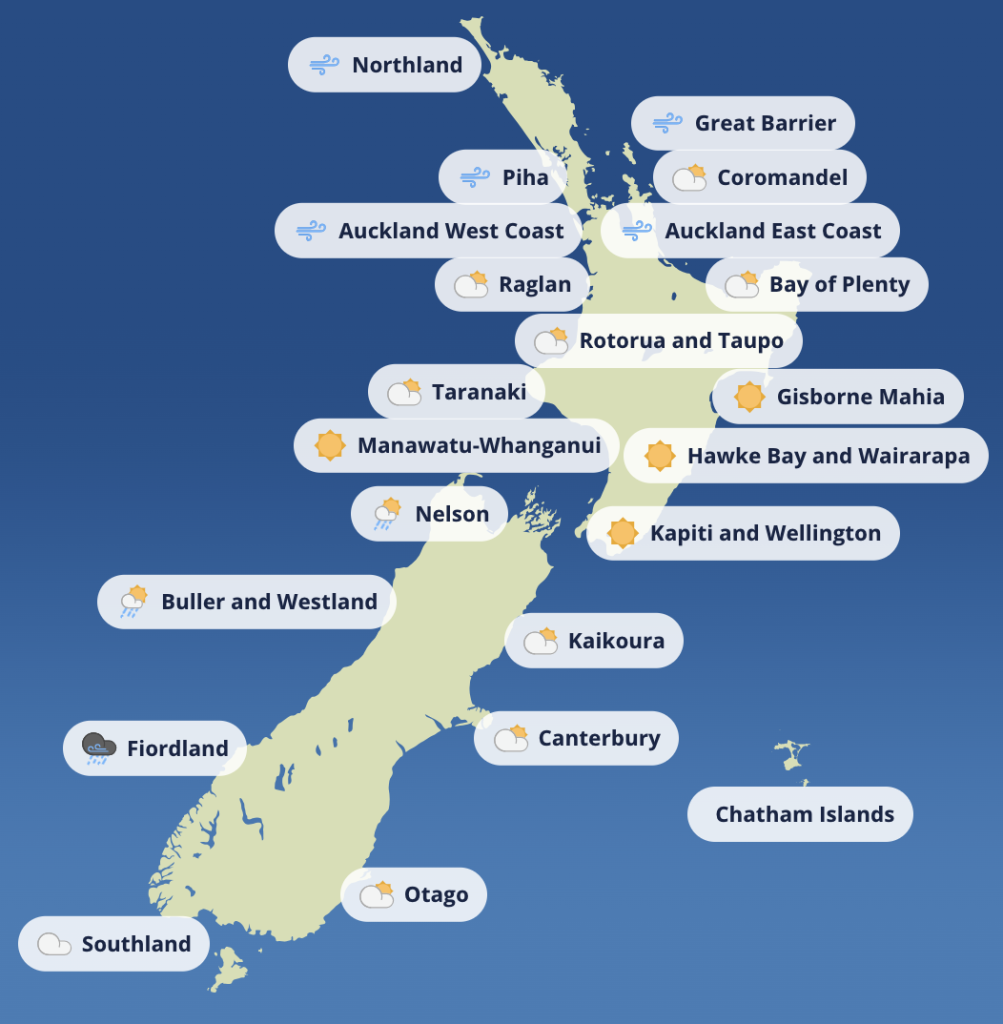
In a notable twist, overnight temperatures will remain unusually warm, particularly in the North Island. Whakatāne is expected to dip to just 13°C overnight, only two degrees cooler than its daytime high on Sunday.
Midweek Outlook: Conditions Ease, But Stay Alert
From Thursday, the worst of the weather is expected to ease as the system moves offshore. However, a deep low developing east of the country may funnel strong southerlies onto the eastern North Island, while another low tracks past the far north. While the risk of further severe weather is currently minimal, MetService advises the public to keep an eye on updated forecasts as the week progresses.








